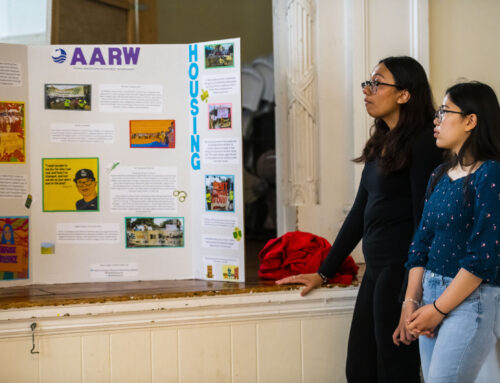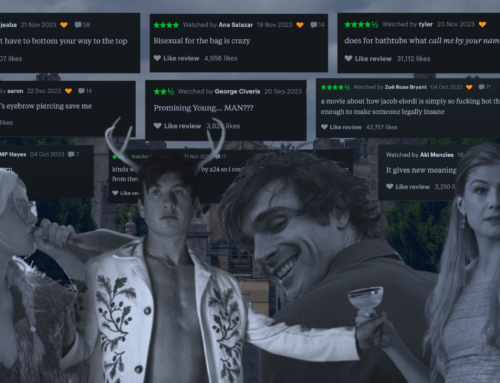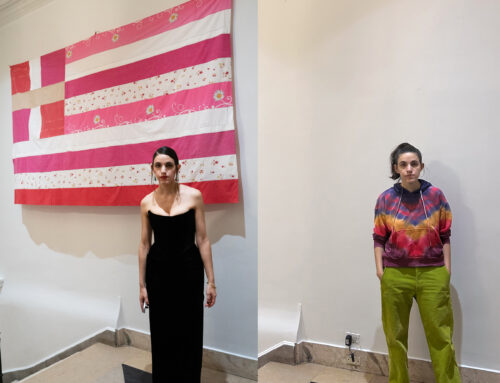Politics shapes each era we live in—and art has always been a reflection of time. Despite seemingly distant subjects, the analysis of art is the best way to understand politics and social justice during any given time period. Creative mediums such as music and paintings often contain strong social commentary and are the most powerful ways to communicate and draw public attention to social issues, for its easy readability and accessibility. Art, in its essence, has always been activism, even when made for pleasure, because creation is an act of defiance.
The most obvious examples are usually ones that are blatantly political—created for the purpose of politics—but many works contain underlying, hidden messages that range from statements about patriotism to genocide. Here, I examine examples (by no means an overall selection), from different times, when pieces of art offered insightful glimpses into time periods, and more importantly, collective mindsets and commentary.

Animal Farm and 1984
Animal Farm and 1984 are novels written by George Orwell between 1944 and 1948, when World War II had just ended and many were finding themselves in the aftermath of a depression. As Orwell himself had strong opinions on totalitarianism, socialism, and communism, he wrote these books as his prediction of a future in a dystopian society, if the current state of politics were to continue. In 1984, Orwell creates a fictional society under the shadow of Big Brother, a totalitarian leader, in Great Britain and uses animals to represent and describe human psychology in Animal Farm. As a response to the rise of communism and totalitarianism during his time, both works were meant as an intellectual challenge and counter to them.
Mexican murals
In the 1930s, Mexican painter David Alfaro Siqueiros made a series of murals in Los Angeles to preserve indigenous and Mexican identity. These murals featured imagery such as the cruxifixction of an indigenous man, over which an American eagle is perched—to show the fatal effects of American imperialism. Through his graphic murals, Siqueiros’ work was a bold criticism towards Native American oppression throughout history. Furthermore, his focus on creating murals helped to popularize Mexican Muralism, as murals were one of the most accessible methods of showcasing art with social and political messages to the public. Seeing Siquieros’ murals, emblazoned on public walls, reminding Americans of their ancestors’ sins, resulted in a lot of shock and many attempted to paint over the murals. One of the most famous murals, America Tropical, was completely painted over within a few months and was only uncovered decades later, showing the powerful effect art can have on spreading a political message to the public.

Courtesy of Luis C. Garza
Frida Kahlo
Frida Kahlo became an icon of feminism, by using her works, her most famous of which were self-portraits, to offer important glimpses into women’s and Mexican issues. Kahlo’s works were deeply personal, often inspired by her own experiences. In depicting her pain from the divorce with her husband, Diego Rivera, Kahlo painted two images of herself with exposed hearts. To represent her miscarriage, Kahlo painted herself on a hospital bed with objects, such as a fetus, around her; and she portrayed her own medical issues in a self-portrait with her spine cracked and broken. Kahlo used these raw images of herself to create statements about motherhood, femininity, and resilience.

Courtesy of www.FridaKahlo.org
Hamilton
Written by and starring Lin-Manuel Miranda, Hamilton is a highly popular musical that is performed on nationwide stages, including Broadway. Hamilton does not only tell the story of founding father Alexander Hamilton but also showcases the reality and brutality of slavery in the 1700s, where the founding fathers went wrong, and how the foundations of America are severely flawed. Miranda does not look over Hamilton’s flaws himself and is sure to emphasize parallels between today’s political climate and the aftermath of the Revolutionary War. Hamilton allows us to become aware of issues from three hundred years ago and how they have permeated into today’s policies. The musical also features a highly diverse cast as Miranda helps reclaim history in the way it should have actually been like.

Art, as a statement in itself, is a powerful form of activism because it moves people to create change and to think about issues in a new light. In fact, protest signs are a form of art—with their potent messages to persuade onlookers to be emotionally or logically moved. Politics and art inevitably overlap and, in fact, should be strongly acknowledged—it is the most important way to document history and make social change.





